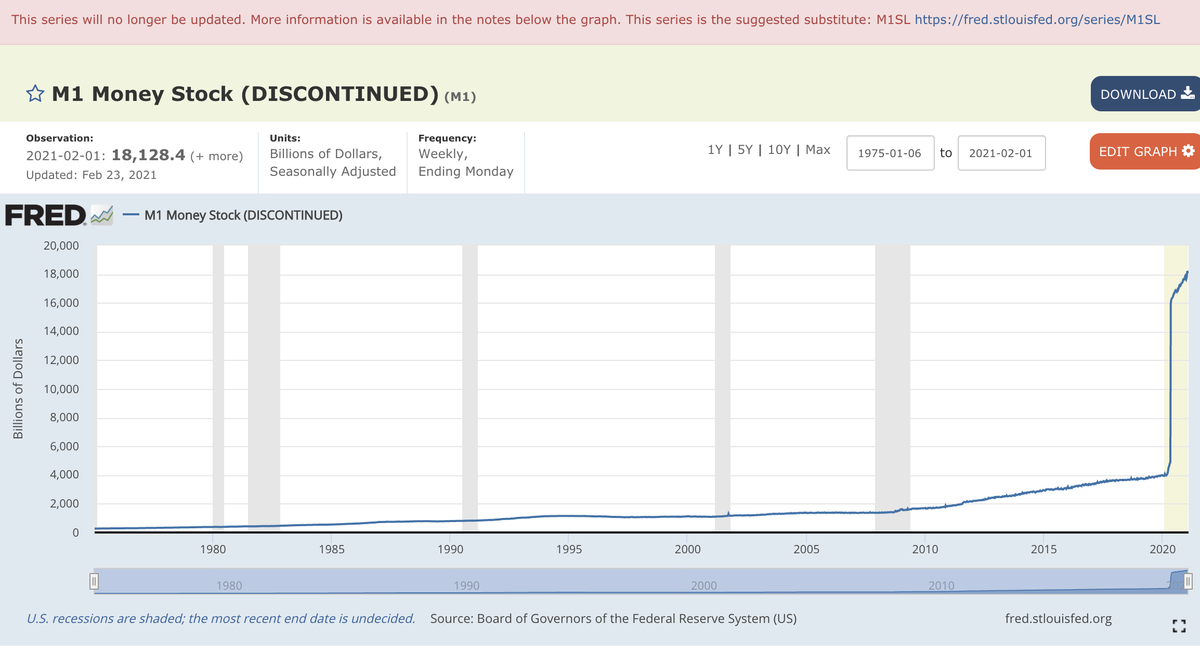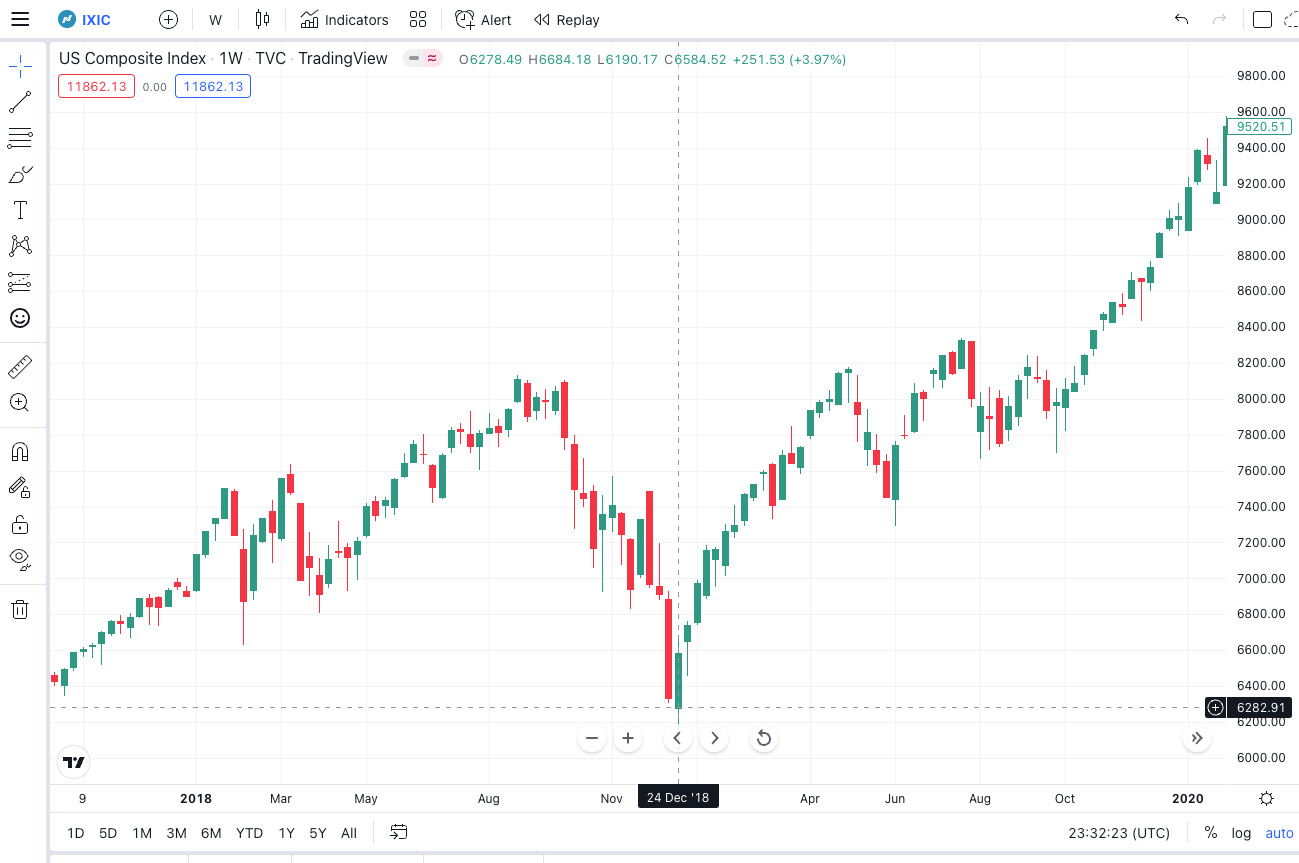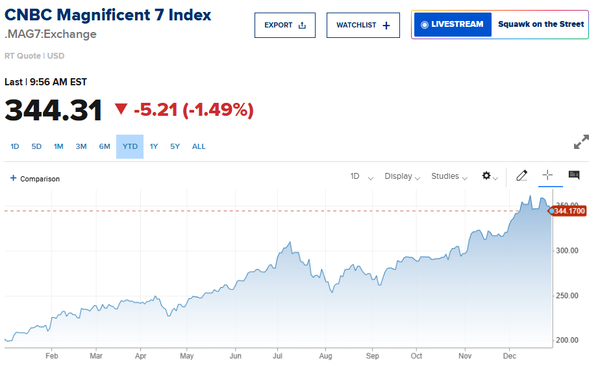Some Extreme Thoughts On The World’s New Economic Paradigm

ex·treme /ikˈstrēm/
adjective
1. reaching a high or the highest degree; very great. “extreme cold”
Similar: utmost uttermost very great greatest greatest possible maximum maximal highest ultimate supreme paramount great acute major intense enormous severe high superlative exceptional extraordinary Opposite: slight
2. furthest from the center or a given point; outermost. “the extreme northwest of Scotland” Similar: furthest farthest furthermost farthermost furthest/farthest away very utmost outermost most distant aftermost endmost ultimate final last terminal remotest outmost Opposite: near
noun
1. either of two abstract things that are as different from each other as possible. “unbridled talk at one extreme and total silence at the other” Similar: opposite antithesis (other) side of the coin (opposite) pole contrary (exclusive) alternative opposing pair antipode Opposite: medium
Since I launched my hedge fund three and a half years ago, everything in the economy and the stock market went extreme.
It started with the global pandemic killing millions of people, leading to a global economic shut down, and a subsequent crash in the stock market in early 2020 and into 2021.
Then we saw the stock markets, the crypto markets, the real estate markets, the bond markets and every other asset on the planet go into an Epic Bubble Blow Off Top and interest rates went negative in Germany and other major economies, joining Japan in a Bizzarro World concept of people paying governments to loan those governments money. That was 2021.
The Epic Blow Off Top then started an Epic Crash, especially in the most speculative assets and growth stocks throughout late last year and especially this year as the rest of the stock market joined the crash. That was happening as inflation started creeping higher, then inflation went spiking and supply chains went completely awry. Remember when I wrote this back in 2001?
“The entire US economy is about $22 trillion a year. The amount of money, as measured by M1, in the economy has usually been a small fraction, maybe 10-20% of the total annual economic output. M1 is the money supply that is composed of physical currency and coin, demand deposits, and other checkable deposits. M1 includes the most liquid portions of the money supply because it contains currency and assets that either are or can be quickly converted to cash.

The total amount of M1 has gone from $4 trillion to $16 trillion in the last year and is still rising fast after the latest Fed 0% rates and bond buying frenzies and the endless stimulus that Trumpers and Bideners have loved to see pumped into the economy by the government. The numbers have gotten so out of control in the M1 data that the Fed says they’re not going to publish this data set anymore!“
Then two civilized countries, Russia and Ukraine, in Europe went to war.
And with all that pre- and post-pandemic money printing via artificially low rates and other central bank easing, too much disruption in the global supply chain and energy prices going through the roof because of the aforementioned war in Europe, inflation took off for the first time in five decades.
Then rates started rising around the world, and negative interest rates ended with the US seeing our rates rise to levels they haven’t seen in decades. Oh yea, and China started threatening the world’s advanced semiconductor chip supply from Taiwan.
After three years now of these constant extremes, when we think about our economy and our stock markets and the cryptos and bonds and real estate and geopolitics and war, we are constantly on the lookout for another extreme crisis.
And looking around now, I have been saying that it’s pretty clear that the entire US financial hegemony – the paradigm of lowflation and globalization and petrodollar dominance — is probably over.
And that now, at an ever-accelerating pace — at a Kurtzweillian rate of change — the US and the rest of the world are finding a new system of trade, currency and economic interaction.
I remember back in 2005 I was at dinner with my old friend Neil Patrick Harris and I told him: “I wake up every morning and the first thing I do is check to see if there was a terrorist attack on US soil. Do you do that ever since 9/11 too?”
And he was like, “No. Dude. You need some therapy because that sounds like a good bit of PTSD or something.”
And I realized that being one of those people running from the falling World Trade Center towers as they fell on my apartment building in Battery Park had impacted my every day expectations even though it had been an extreme event. I went to some therapy and healed up a lot of those traumatic emotions around 9/11 although I still have never watched a documentary or anything about it because I can’t handle the footage. But the point is that I no longer wake up every morning looking for an extreme terrorist event to have taken place over night.
Prior to these extreme economic events turning our global economy and investment approach into a new paradigm, I’d spent most of my career riding the lowflation, Steady Betty economy and markets. I’ve literally published hundreds of articles telling people not to freak out over a Greek or Italian Debt Crisis and to look past wars in the Middle East and to mostly ignore the warnings from permabears who always war of geopolitically-driven economic depressions and stock market crashes.
Here’s what I wrote in the week before I launched my hedge fund (I added the bolded parts today), and it sounds a lot like something I might write today, with the Nasdaq down 25% from its recent highs as it was at the time of this article (see image below for some context showing what the market did into that article and subsequent to it):

“
Evaluating The Risk FactorsDecember 26, 2018 by Cody Willard
After eight years of being steadily bullish and long stocks, and just as stocks were hitting new all-time highs repeatedly throughout the nine months of this year, I kept getting more cautious until I eventually became outright bearish back in September. I was worried about how sentiment had just gotten too wildly bullish and how valuations, especially in middling quality small and mid cap stocks — and, most importantly, how much economic/market risks had spiked, in large part courtesy of The Great Trade War of the 21st Century.
Those factors all contributed to what has now become a Crash-ish market. But the good news is that 2 of the 3 factors above have now improved. The bad news is that the most important one has gotten worse.
Sentiment, as the discussions at my house over Christmas Eve and Day, has become quite bearish and a growing sense of dread about the stock markets is the dominant emotion. I’m not sure Wall Street traders or Main Street investors are outright scared which would be bullish. The news headlines sure are full of fear though. And nobody is outright bullish right now, that’s for sure, and that’s bullish-ish. If the risk factor for the broader markets from sentiment was a 9 out of 10 back at the highs, I’d call them a 5 out of 10 factor now.
Valuations are no longer wildly overstretched. In fact, with many stocks down 40%, 50% or even more from their highs earlier this year, I’m starting to find some compelling long ideas to start scaling into. I’m not sure I’d call most of them “screaming buys” just yet, but I’m seeing a growing basket of names to sift through. On the other hand, I continue to find a lot of middling or even low quality small and mid cap stocks that are still trading at 3-5x next year’s sales estimates, which gives me a growing basket of names that I’m likely to start shorting. The stock markets, in general, aren’t wildly cheap yet, but they’re not wildly overvalued either. Indeed, as the 5/10 factor highlights, stock market valuations are about average.
And then there’s the risk factor from The Great Trade War of the 21st Century and a slowing economy and higher interest rates and confusion about actual wars in Syria and Yemen and what the US is doing with/to our (so-called?) allies in all these tangled webs of outright war that the US in involved in and Russia and China and… If the geopolitical economic risk factor for the broader markets was a 7 out of 10 back at the highs, I’d call them a 8 out of 10 factor now. When the second in charge from China’s largest telecom company getting arrested in Canada on request by the US and a Treasury Secretary scaring the markets about systemic collapse by telling us we shouldn’t be scared about systemic collapse, the economic/market risks are indeed something to worry about right now.
Here’s something to think about though — What happens if it all works out? What if corporate earnings continue growing strongly over the next year and China and the US agree to what some sort of treaty (the US side of which, of course, would be written by and for giant US global companies which would probably mean the treaty would be very similar to what we’ve already been doing for the last twenty years and would be very profitable and bullish for US giant global companies)? What if the real estate markets takes off again?
Even if it doesn’t work out, how low will we go and how long will we be there?
I’ve talked for years (ironically) about how the economic/stock market bubbles and busts that we live through run on “Internet time” which means they happen much more quickly than in decades past. Reading Ray Kurzweil’s “The Singularity Is Near” has helped me understand that I shouldn’t call this concept “Internet time” because that’s a bit too limited of an explanation for it. The fact is that mankind itself, our society specifically, is growing our innovation, prosperity and economies exponentially.
And if there will be billions of times more technological advances in the next few decades as there was for the first few millions of years of mankind’s existence, then you can imagine that the ups and downs and bubbles and crashes will play out many times in the next few decades but that the general trend of technology, society, the economy and the most Revolutionary Stocks in the markets, will all be quite hockey up over those next few decades.
Where does this analysis leave us? Feet-to-fire, I think sentiment and the oversold status of the stock markets are likely to help the markets put in a bit of a short-term bottom here and that we could get a pretty big rally early next year.
The Nasdaq is already down 24% and many great stocks are down much more than that already too. Much of the crash in what could become an outright Crash, has already happened, and we’ve been in puts and lots of cash while this market became crash-ish. And now, I think it makes sense to have locked in most of the profits from the put hedges we put on while stocks were at their all-time highs but that most stay-at-home investors should still have lots of cash and remain plenty cautious.
I’ll be launching my hedge fund next Wednesday, which means there are only 2.5 trading days left before the launch. Next week, I’ll be building both longs and shorts and perhaps buying a few options too to get started and I’ll have more details about those trades then — because who knows where stocks will be in another 2.5 trading days, given the last 2.5 trading days.
So much homework, analysis, reading and writing to do, as the next 10,000 days are upon us. I’m on it.”
Sometimes when I spend days studying individual stocks and trading these extremes I feel like I’m in a deja vu. Because much of what we do every day as a hedge fund manager is repetitive. Even the extremes are bit redundant, or at least familiar, as my pre-hedge fund launch analysis above reminds us.
I mean, maybe it’s always been extreme, these markets and economies. I mean think about it — the prior paradigm of:
The petrodollar and the concept of lowflation as a China, a country with two billion workers being organized to produce all that we consume at ever lower prices with a central bank that could always just pump more money without increasing inflation as technology innovations drove productivity higher and prices lower and so on…that whole paradigm was a bit extreme too.
So I continue to think that we should be nibbling on some new names, building up some of our favorite names and that we should be continue to be: extremely cool about extremes.
Ironically, the markets aren’t at an extreme right now. They are a bit in no-man’s land — probably not quite wildly overbought and ready for another whoosh down but not exactly oversold and wildly undervalued.
I do know this — looking back at the last three years, it has been an extremely wild time to invest and run money. Extremes of greed, fear, euphoria and panic have been almost normalized. Revolutions will continue to create new trillion dollar economies. We will continue to extremely focus on such opportunities as we navigate the extremes of this new economic/investing paradigm we are living through now.
We’ll do this week’s Live Q&A Chat on Friday at 11am ET in the TWC Chat Room or just email us your question to support@tradingwithcody.com.




